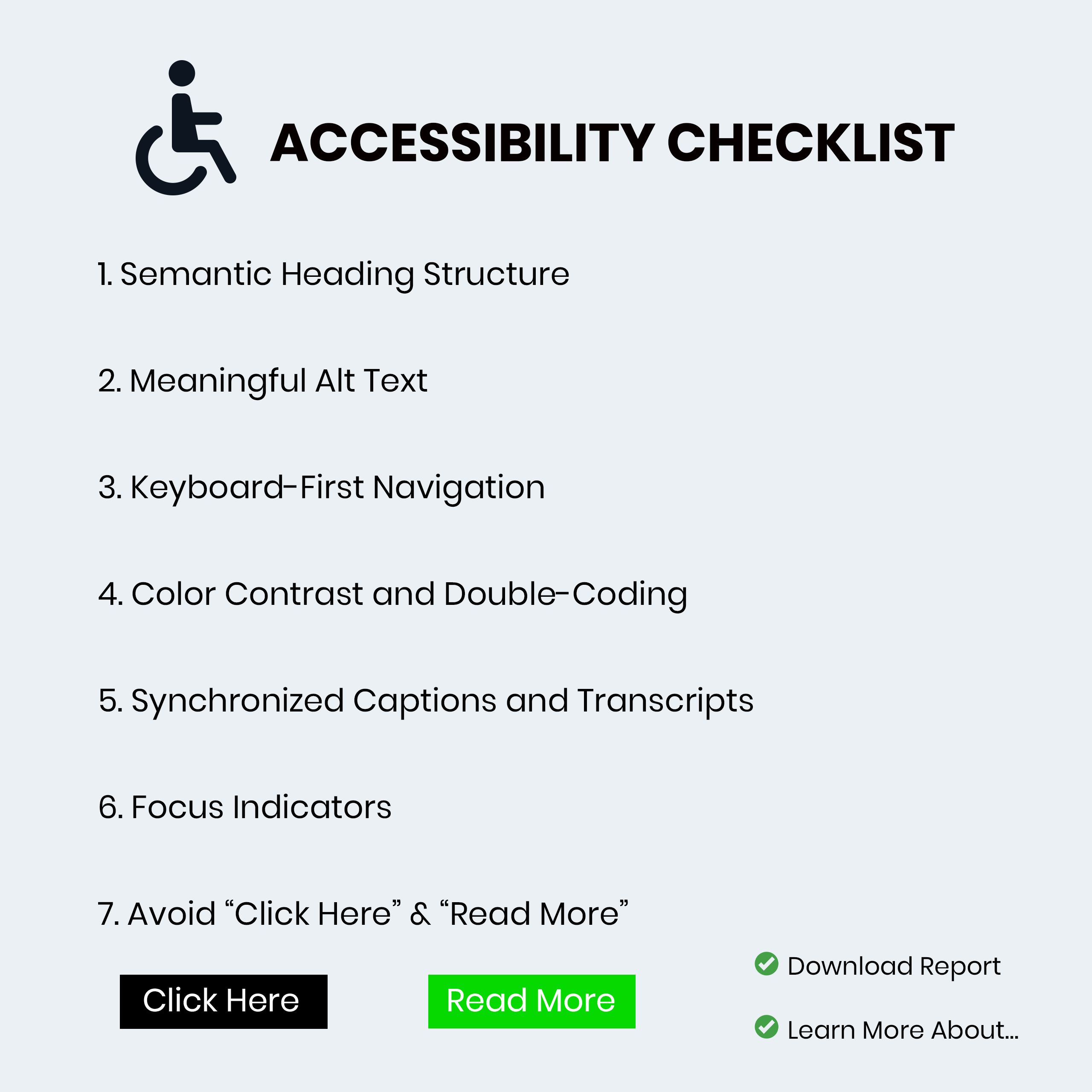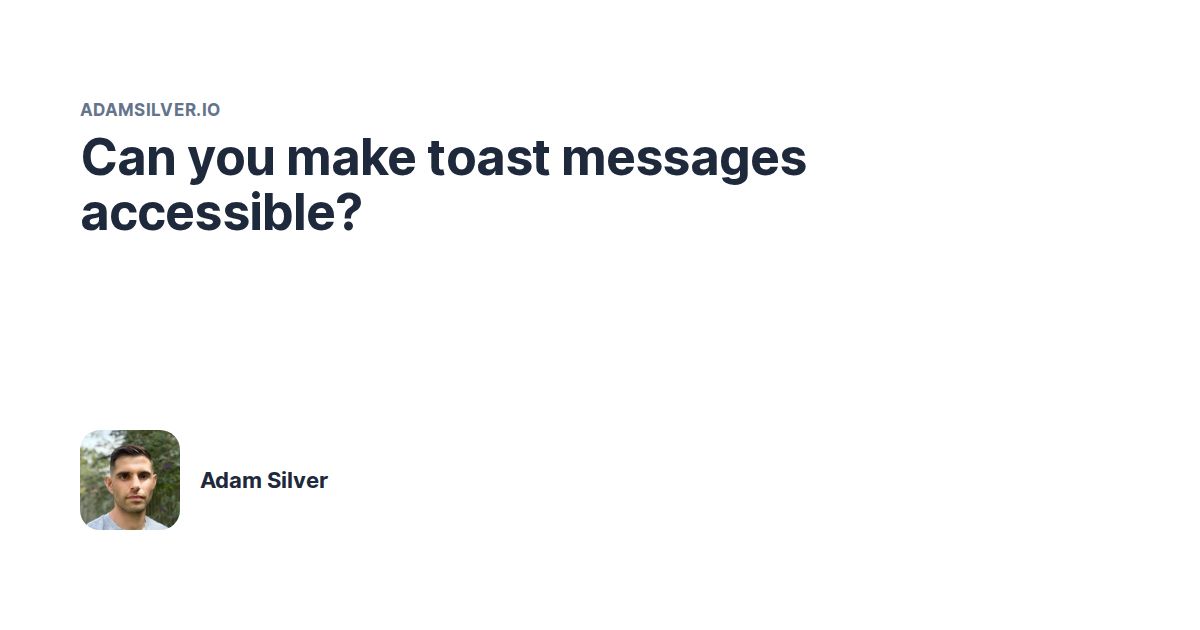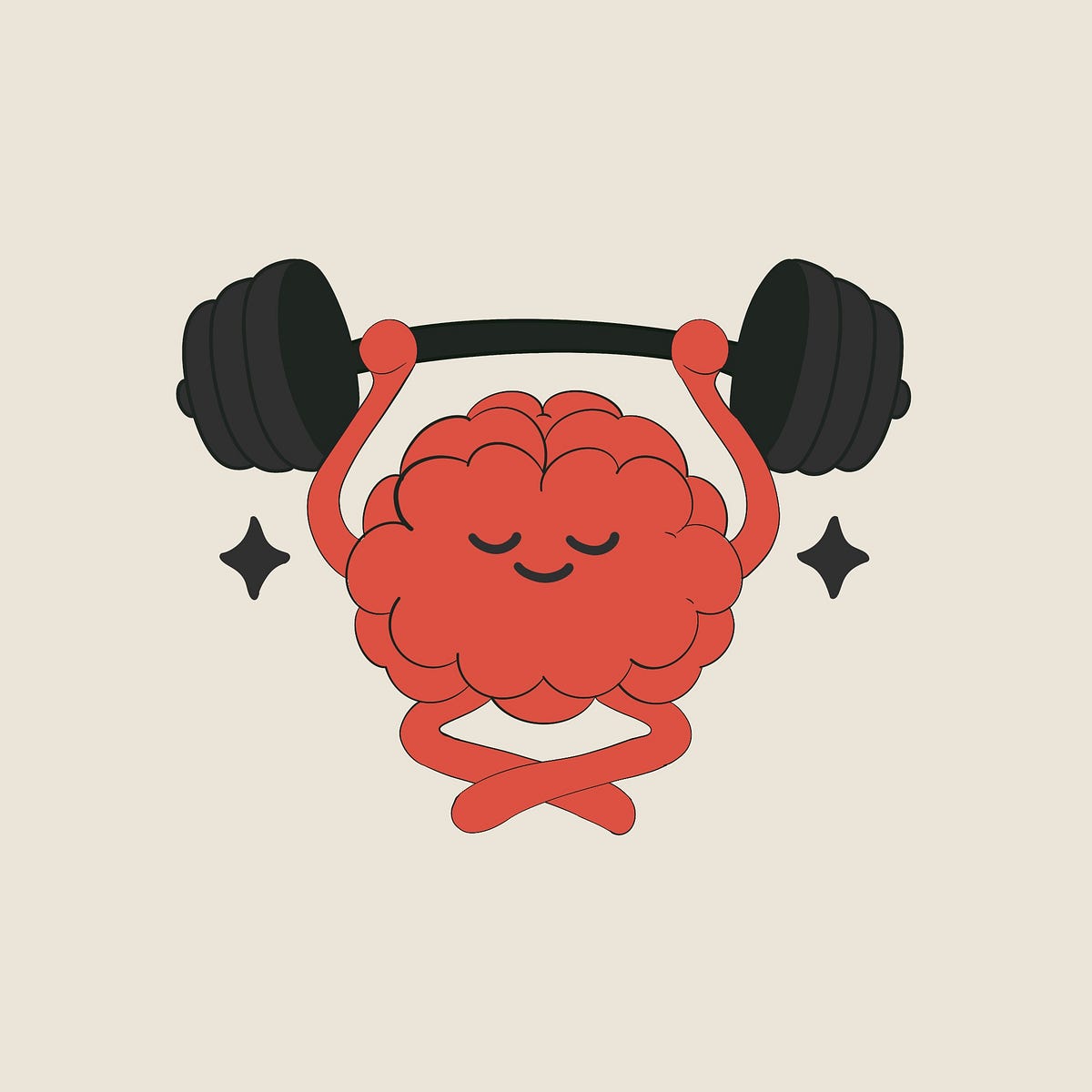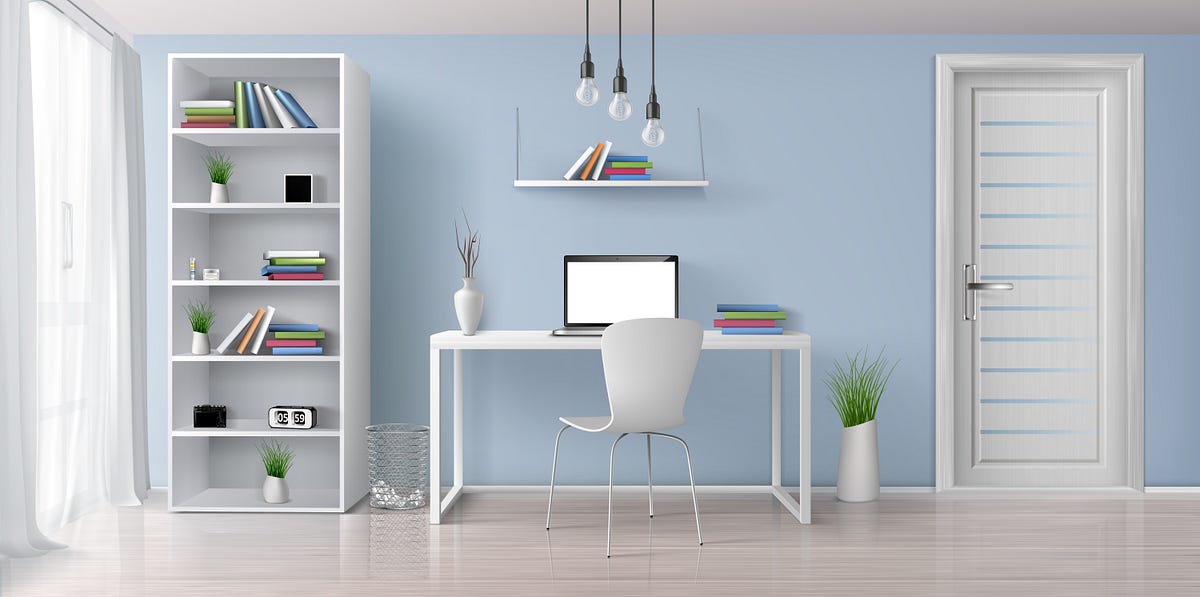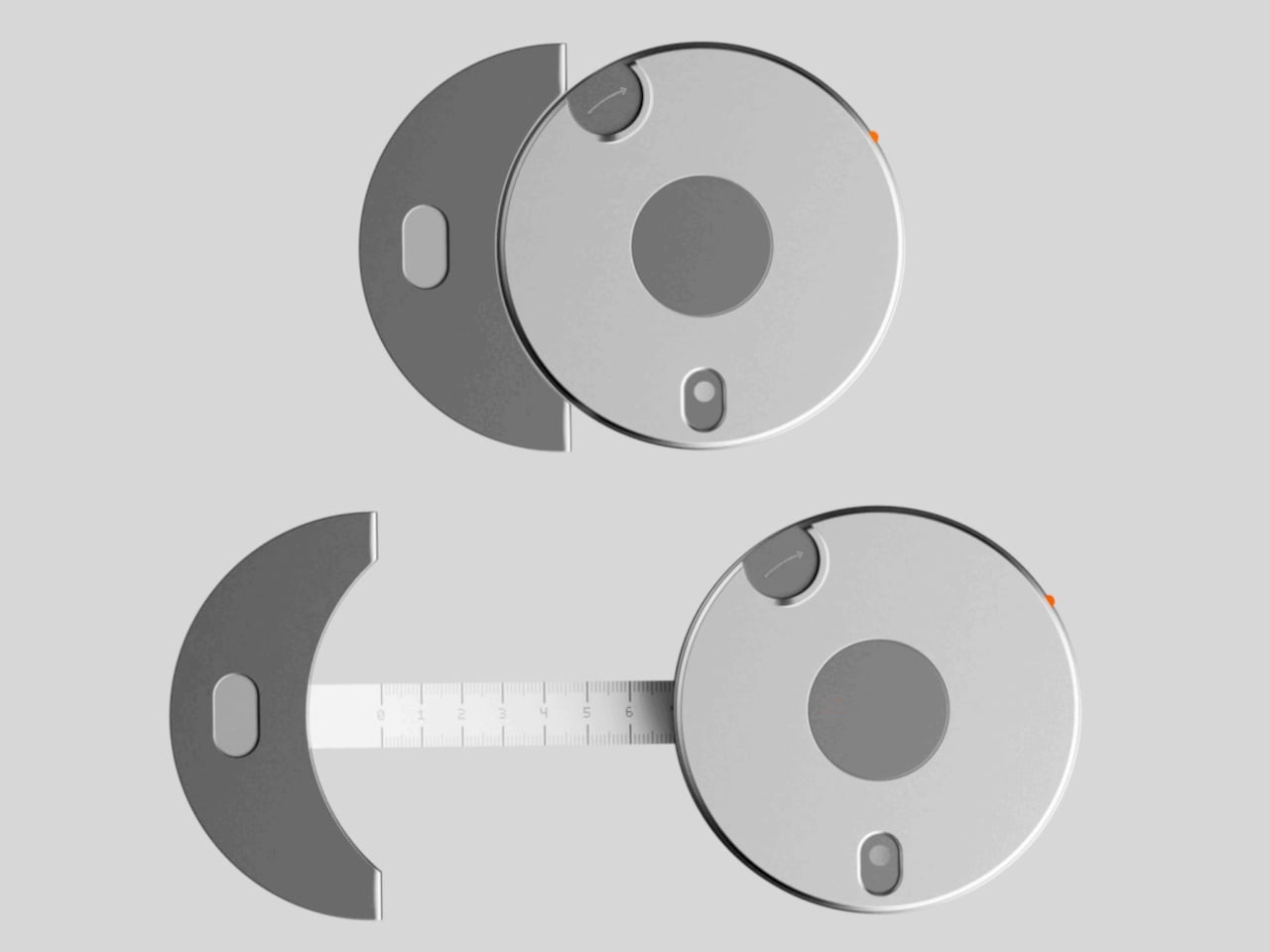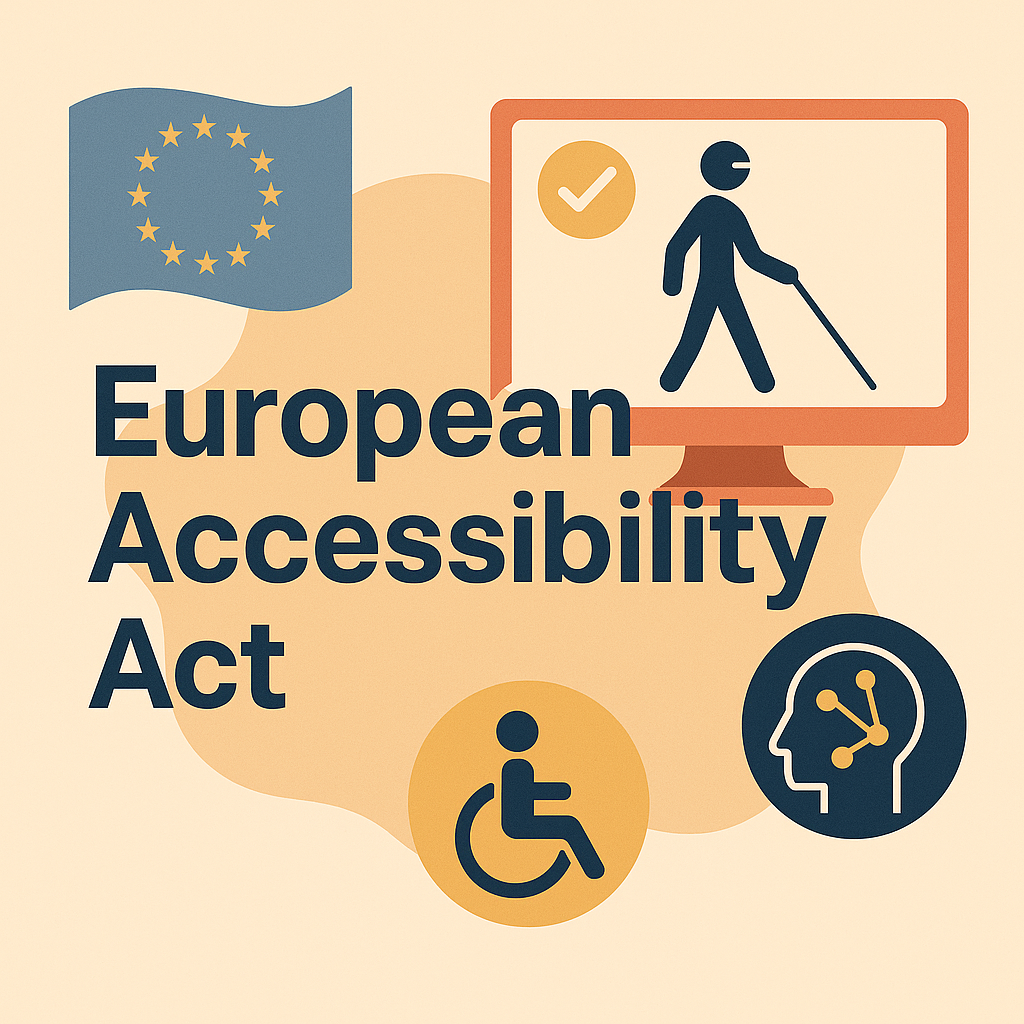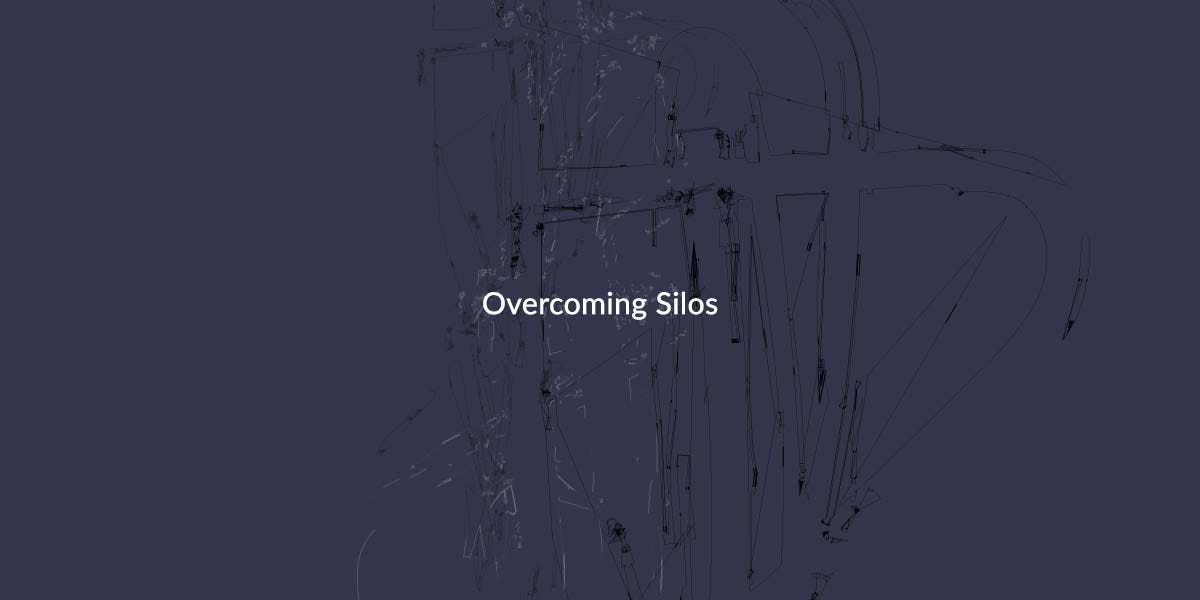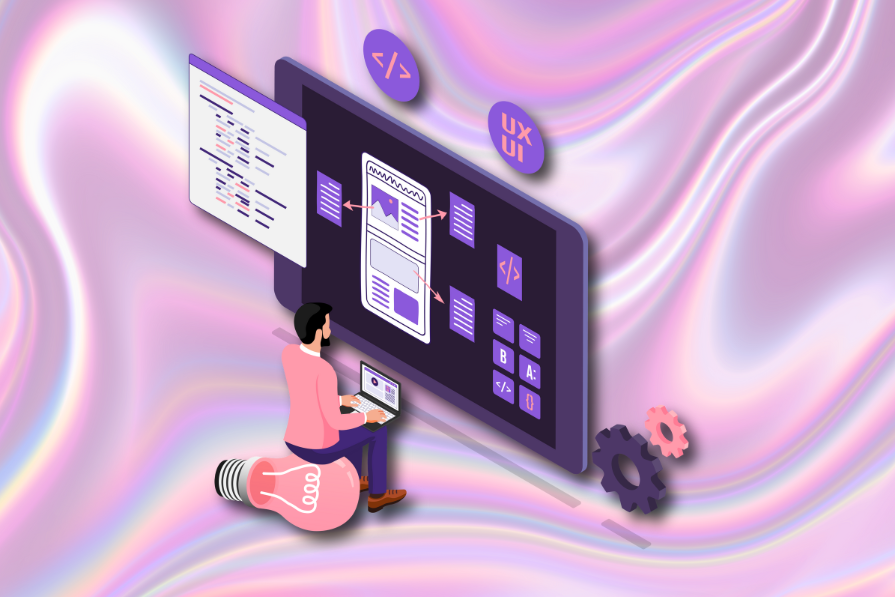UX design
UX design
[ follow ]
#product-design #user-research #user-experience #accessibility #ai-in-design #design-thinking #design-systems
fromSmashing Magazine
1 day agoGiving Users A Voice Through Virtual Personas - Smashing Magazine
All of these decisions shape how users experience your product or service. And most of them happen without any input from actual users. You do the research. You create the personas. You write the reports. You give the presentations. You even make fancy infographics. And then what happens? The research sits in a shared drive somewhere, slowly gathering digital dust.
UX design
fromMedium
2 days agoAI won't save you, color contrast mistakes, the 3 layers of AI context
In our current AI hype cycle, there is a feverish hope that AI will save us. The point of view is that AI will make us more efficient, effective, and resilient, and in some instances, this will be true. On the other hand, the pessimist (bearish) point of view is that AI is also reducing human input, eliminating thinking roles, and concentrating wealth and power.
UX design
fromMedium
2 days agoStop worrying so much about AI
Those who follow me on LinkedIn may have gotten the impression that I'm against AI. Nothing is further from the truth. What I'm really against is the notion that you can't do design without AI so you either learn AI or you're doomed. Using AI is of course useful for designers. But so is knowing how to use Figma and I put both of those in the same bucket of tactical skills.
UX design
fromMedium
1 week agoProduct Research with AI
Many people in the product community, including myself, actively share their experiences using AI tools to build products. However, far fewer conversations focus on a foundational phase: product research. The quality of product research directly impacts the outcome of the entire design process. As AI tools become increasingly embedded across different phases of the product design process, including the research phase, it's vital to establish a clear, intentional research process that maximizes design efficiency while reducing business risk from poorly informed or incorrect decisions
UX design
fromMedium
3 days agoTechnology as a design material: Designing with sensors
As designers of interactive products, we are often working with or designing for a specific technology that frames our work and enables interaction between users and systems. Many designers are used to designing for mobile, web, or smart TVs, yet few know how to design with sensors. This is partly because design education tends to focus on aesthetic, usability and ergonomic aspects rather than on the technological dimensions of design or on how designers can treat technology as a design material.
UX design
fromMedium
1 week agoYour users don't need training. They need scaffolding.
I had a client recently whose biggest issue was that users would get to the product dashboard and just... not know what to do. This is one of the most common problems I see in my consulting work, and it's almost never what the client thinks it is. They assume users need tutorials. They need tooltips. They need a help center with FAQ articles. What they actually need is scaffolding.
UX design
UX design
fromSitePoint Forums | Web Development & Design Community
5 days agoI started "Vibe Coding" and shipped two tools - brutally honest feedback needed
Launched two public tools—Names Combiner and Is It Bottlenecked—to prioritize shipping over endless tweaking and gather usability and design feedback.
fromArs Technica
5 days agoStrava puts popular "Year in Sport" recap behind an $80 paywall
Earlier this month, Strava, the popular fitness-tracking app, released its annual "Year in Sport" wrap-up-a cutesy, animated series of graphics summarizing each user's athletic achievements. But this year, for the first time, Strava made this feature available only to users with subscriptions ($80 per year), rather than making it free to everyone, as it had been historically since the review's debut in 2016.
UX design
fromMedium
1 week agoProduct Research with AI
Many people in the product community, including myself, actively share their experiences using AI tools to build products. However, far fewer conversations focus on a foundational phase: product research. The quality of product research directly impacts the outcome of the entire design process. As AI tools become increasingly embedded across different phases of the product design process, including the research phase, it's vital to establish a clear, intentional research process that maximizes design efficiency while reducing business risk from poorly informed or incorrect decisions
UX design
fromMedium
1 week agoYour users don't need training. They need scaffolding.
I had a client recently whose biggest issue was that users would get to the product dashboard and just... not know what to do. This is one of the most common problems I see in my consulting work, and it's almost never what the client thinks it is. They assume users need tutorials. They need tooltips. They need a help center with FAQ articles. What they actually need is scaffolding.
UX design
fromCSS-Tricks
1 week agoResponsive List of Avatars Using Modern CSS (Part 1) | CSS-Tricks
You are for sure wondering what the novelty we are bringing here is, right? It has been done countless times. You are right. The main idea is not complex, but the new thing is the responsive part. We will see how to dynamically adjust the overlap between the images so they can fit inside their container. And we will make some cool animations for it along the way!
UX design
fromMedium
1 week agoNew navigation paradigms, ChatGPT talks too much, AI coding tools
To navigate is to read the world in order to move through it, whether it means scanning a crowd to find a familiar face, deciphering the logic of a bookstore's layout, or following the stars at sea. This ability has always been mediated by tools (many of them disruptive and transformative). Still, the rise of artificial intelligence presents us with a radical promise: a world where we no longer need maps, because the information or the product 'comes to us.'
UX design
fromMedium
2 months agoInnovating the Workspace: Crafting a Home Office Solution with Spacious, Adjustable, and Movable...
Welcome to my page, where I will talk about home office space. Yes, I know you guys understand what I am sharing with you because you guys got the idea from the title. So, let's talk about the main point and introduce the home office space topic. Every user's home office is different, but they all have one thing in common, Desire to create a better space. Spend more good time and work there.
UX design
fromMedium
3 months agoWho are we designing for now?
This balance is sometimes challenging, but also creates opportunities to reform our thinking and approaches. As AI agents become embedded collaborators in our systems, designers face a powerful and pressing question: Who are we designing for now? Suddenly, we find ourselves in the middle of a new Experience dilemma: designing for both people and programs. That means exploring new personas and reconciling different approaches: emotional intuition, logical execution, and the coherence of both.
UX design
fromMedium
1 week agoSustainable growth flowchart
This step embodies a user research (UXR) mindset, systematically deconstructing assumptions through methods such as analytics review, user interviews, surveys, competitive analysis, or journey mapping. The term "ruthless" signifies a commitment to brutal honesty and a willingness to kill ideas if data reveals they are misaligned or ineffective. This audit is not a one-time event; it's a process for uncovering latent opportunities, such as unmet user needs that could drive retention or acquisition.
UX design
fromMedium
2 weeks agoThe business is the only stakeholder that matters
It's a debate I've been dragged into so many times, I've lost track: UX vs. Market Research? Qual vs. Quant? Who owns the insights? Who make the decisions? Who drives the strategy? Who makes the "real" impact? I've been a UX Researcher for over 20 years and my thinking is deeply rooted in building meaningful products and services that solve real human problems... (As opposed to fake problems... you know, the kinds of problems that we invent in order to justify the product we're building-alas, I digress).
UX design
fromUX Magazine
1 week agoAbleist Design: Challenging Systemic Norms
Because we're products of a system that excludes certain people, it's surprisingly easy to do the same. Unless we've experienced exclusion or someone has pointed it out to us. Gradually, this exclusion seeps into design, and not only through inaccessible interfaces. Ableist design shows up in the user needs we forget to anticipate, who we don't invite for user research, and how we deprioritise tasks of a project.
UX design
fromJim-nielsen
2 weeks agoIcons in Menus Everywhere - Send Help
Google Sheets, for example, does this. Go to "File" or "Edit" or "View" and you'll see a menu with a list of options, every single one having an icon (same thing with the right-click context menu). It's extra noise to me. It's not that I think menu items should never have icons. I think they can be incredibly useful (more on that below).
UX design
fromZDNET
2 weeks agoZorin OS vs. AnduinOS: How to pick the right Windows-like Linux distro for you
Zorin OS gives you the choice of four different layouts, two of which are similar to Windows and two are very Linux-centric. That's just the free version. If you pony up for the Pro edition, you get six more layouts (including one that resembles MacOS). You choose your layout during your first login, but you can change it any time, using the Zorin Appearance tool.
UX design
fromMedium
2 weeks agoWhat Gemini 3 Pro Changes About Product Design
Last Tuesday, I watched a designer at a design tools company sketch a FigJam interface on paper, snap a photo, and ask an AI model to build it. Twelve seconds later, they had a working prototype with animations, interactive components, and proper design system implementation. No mockups. No handoff documentation. Just a sketch and a conversation. This wasn't science fiction. It was Gemini 3 Pro, and it's forcing us to rethink what "design" actually means.
UX design
fromSitePoint Forums | Web Development & Design Community
2 weeks agoLooking for feedback on a probability-heavy game tool (The Forge Calculator)
The main goal of the site is to help players: Calculate forging probabilities based on different ore combinations Optimize their inventory for tank/damage builds Preview weapon and armor stats before committing resources From a web dev perspective, this project has a few interesting challenges: Real-time probability calculations with many different ores and multipliers Keeping the UI clear and readable even when there's a lot of data on screen Performance on lower-end devices (mobile, older laptops)
UX design
fromMedium
3 months agoYou Suck as a Design Leader
This article won't start out well, because I'm sort of at rock bottom in my career and it seems that I'm projecting my frustrations of the industry out in the open. But I promise you, my rants are merely neutral observations and opinions. I love talking to people, and over the last 2 months of unemployment (I am now employed), I called upon designer friends all in Asia and Europe to get their opinion on the current state of Design leadership and how it has impacted our careers. Spoiler alert: It ain't great. Hence the article.
UX design
UX design
fromMedium
3 weeks agoStyle Guide vs Design System: The One Mistake Killing Your Team's Speed & Consistency
Style guides provide static visual rules (colors, typography, icons, spacing) to ensure brand consistency, suitable for small teams but insufficient for large-scale reusability and interaction guidance.
fromLogRocket Blog
2 weeks ago10 best hero section examples and what makes them effective - LogRocket Blog
A hero section is the first, visually prominent UI block at the top of a web page or digital product screen. Its job is to welcome users, present the product value at a glance, and effectively guide them to a desired primary action. It improves the first user impression with the product using a compelling headline, supporting copy, and CTAs (call-to-action), and other visual enhancements.
UX design
[ Load more ]







